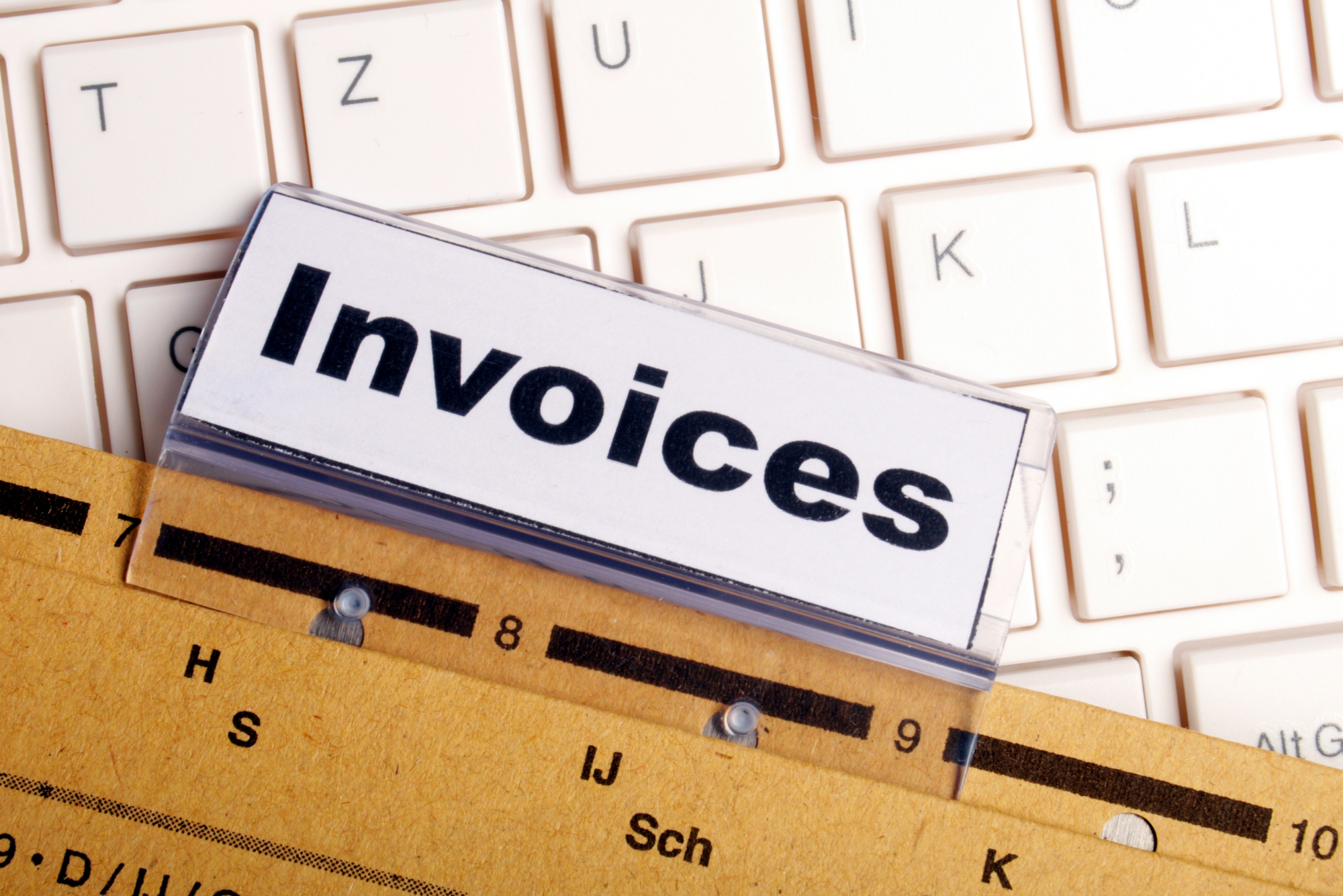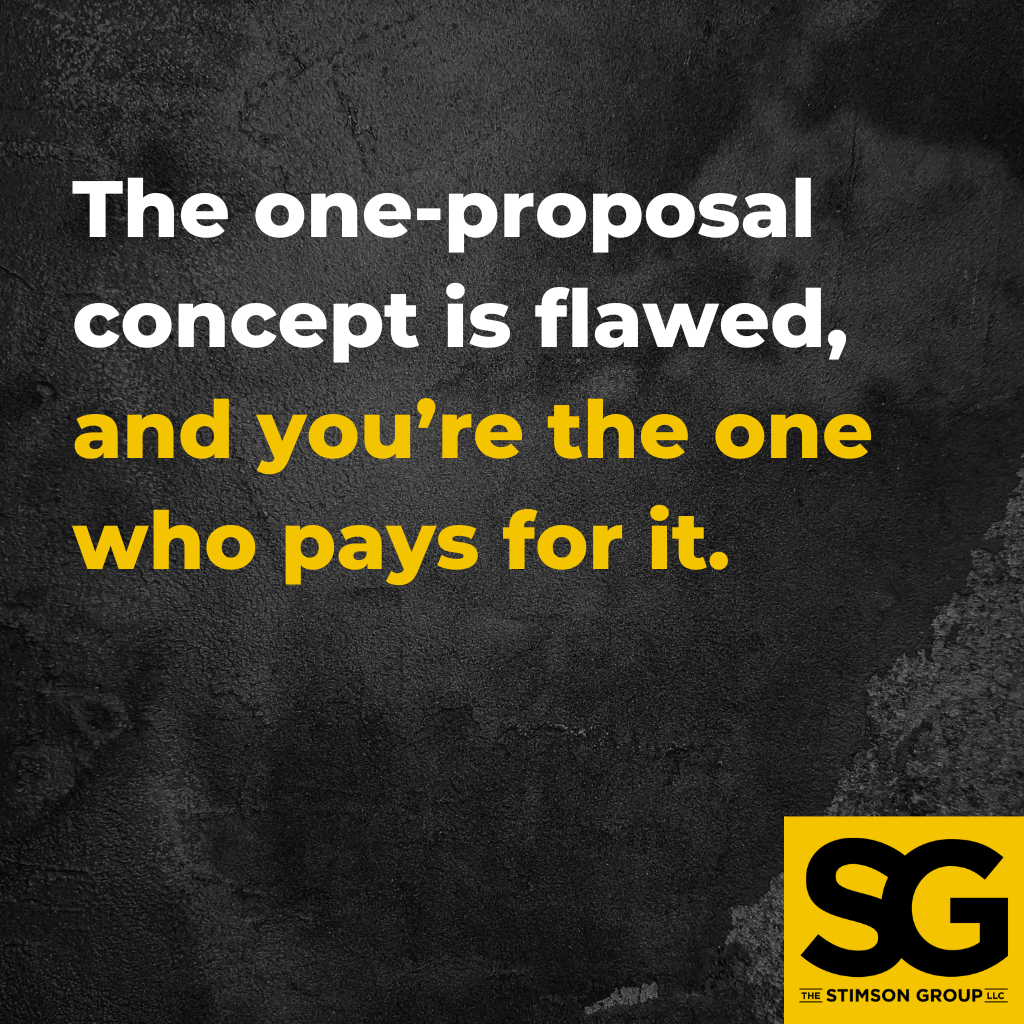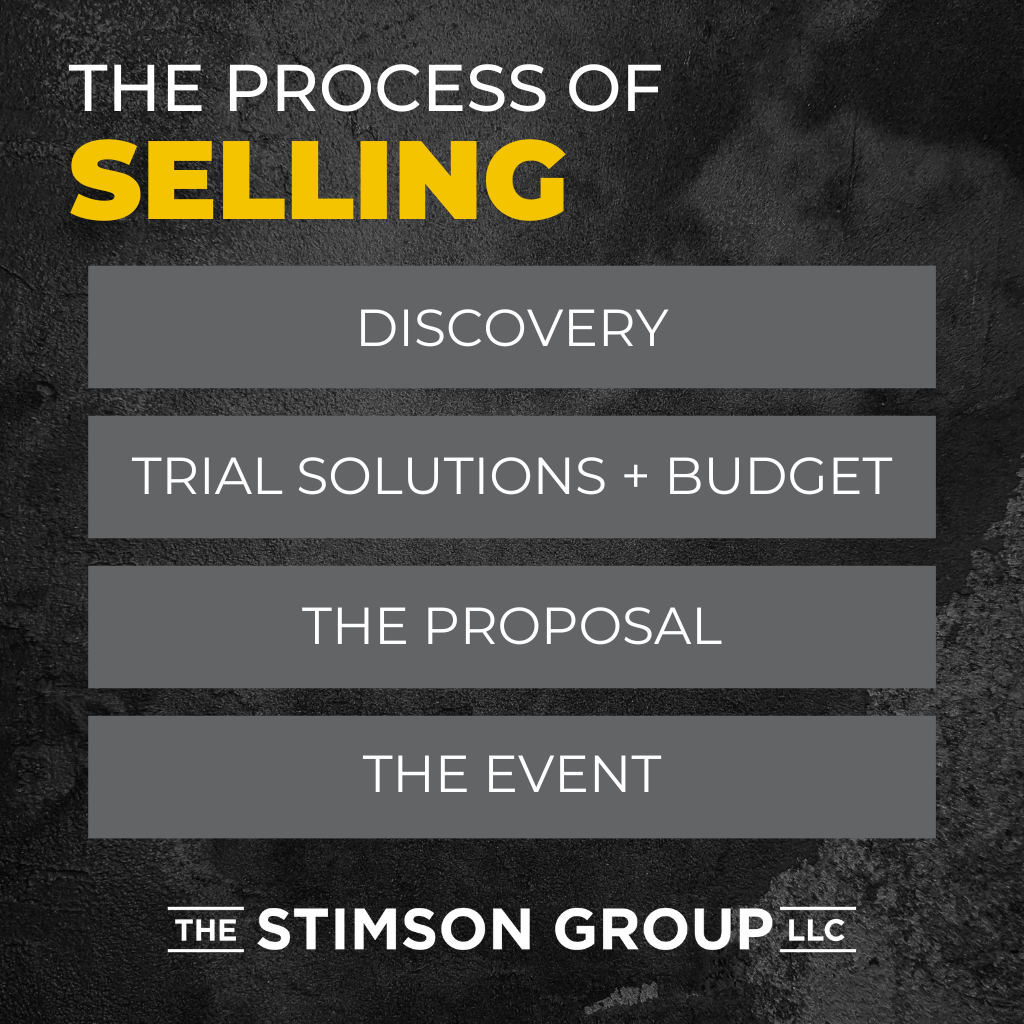
We’re in show business, so shows are our bread and butter. When customers call, they ask you to juggle several responsibilities — technical design, supplier coordination, purchase order signing, etc. — all to produce the show.
All those tasks go into the proposal, but most of them take place before you execute the show. That’s a problem.
This became apparent during the pandemic, when virtual events reigned supreme. The six weeks it took to prepare were much more labor-intensive than the one-hour virtual web event we presented.
A proposal based on a one-hour virtual event looked like this:
Line One: One-hour virtual show, $10,000
Line Two: Everything else, $90,000
That’s not the best way to sell a virtual event — or any event.
But we want to be nice to our customers, so we only send one invoice. (Mind you, our customers aren’t demanding one invoice.)
When we lead the customer to believe they’ll always get one invoice, we say, “We don’t need a deposit. We’ll send an invoice, and you can pay us in 30–45 days.” The one-proposal policy means there are fewer elements to negotiate and litigate during the selling process.
Unfortunately, we leave a lot of value on the table when we use only one proposal. If a show has an extensive design and pre-production process, the show budget appears larger.

The One-Proposal Flaw
The one-proposal concept doesn’t work because you’re selling a process that occurs over time. Part of that process is a final deliverable — the show. But one proposal gives the illusion that there’s only one deliverable when, in fact, there are many.
There are deliverables you can be paid for along the way, which is another pandemic-era lesson. If you’re producing a virtual show, you can charge the client for all the videos you had to pre-record, edit, and upload.
These tasks take place in succession, and they evolve as you go along — you might add more equipment to the project, etc. There’s no way to effectively sell this as one event. You’d constantly modify the proposal and, consequently, postpone when you got paid.
Single proposals prevent you from assigning value to pre-production services, which show up with a flat rate on a single line of a future, final invoice. Pre-production doesn’t get the attention to value it deserves, so it’s prone to scope creep.
Ignoring pre-production value isn’t the only flaw in the one-proposal concept. Once you’ve convinced yourself the client wants only one invoice, you won’t want to send them a deposit invoice, and you won’t want to send a change order invoice after the job is done.
You have to wait until all the information is collected. It might be two weeks after the job before you send a final invoice. Maybe you have to wait for an expense report or receive an invoice from a supplier. That’s a lot of waiting.
Bottom line: The one-proposal concept is flawed, and you’re the one who pays for it.

Selling Is a Process
Sometimes, a client will send an RFP, and you’ll want to hand them a quote right away. Instead, follow this process:
1. Discovery
An inquiry, whether there’s an RFP attached or not, is just an inquiry. The client needs to tell you more about the project. Get your technical designer on a call so you and the client can walk through what they need.
The discovery process gives you the information you need to take the next step.
2. Trial Solutions and Budget
Next, come back to the client with a couple of trial solutions and show them what those solutions might cost.
Maybe you already have some budget information, and you’ll provide solutions within that budget. If you get through the trial solution phase, you’re ready to write the proposal.
3. The Proposal
The proposal should include a fee for technical design and planning. You might include this as a line item for a project manager, but it’s better to clarify what the deliverable is. It’s not a person’s time. It’s a person or a team of people’s output. Technical design is a product, and it’s your job to technically design a successful event.
Also include show planning, which you might feature as a line item called “production management.” This entails conducting site surveys, generating drawings, coordinating suppliers, and communicating with venues, all of which need to be done in the planning phase. Again, this is a product, not a person.
Show planning has value, but now you’re also incurring cost. You’ve put in hard work. You’ve committed to hard costs. This is a revenue-generating activity.
4. The Event
The next phase in the proposal is the event’s execution — now just one piece of the overall project.
Remember to include language about change orders in your proposals and explain your change order policy, including how you’ll submit these for approval and payment.
The Selling Process in Review
This could be three or four or five invoices, and that’s okay. You’re organizing complex shows in challenging environments over many weeks. Give yourself more credit. You don’t hire somebody to build your house and write them a single check.
Of course, there are variations in the process, and you have to make adjustments. For example, if a customer doesn’t need design, start with planning and provide the costs for planning, execution, and change orders. Make it clear that you aren’t responsible for the design and that it’s not part of your scope of work. If it does become part of your scope of work, you’ve already told them it’ll be a change order.
Now, everybody’s on the same page.
Conclusion
Single proposals hide your value. They postpone important conversations, and they’re lazy. Instead, help your customer understand where you’re delivering value in the process and connect that with how you expect to be paid.
Having multiple invoices means you continue to iterate the project through multiple proposals. You improve it, modify it, shrink it, or whatever the client needs without losing the value of design and planning.





Leave a Reply